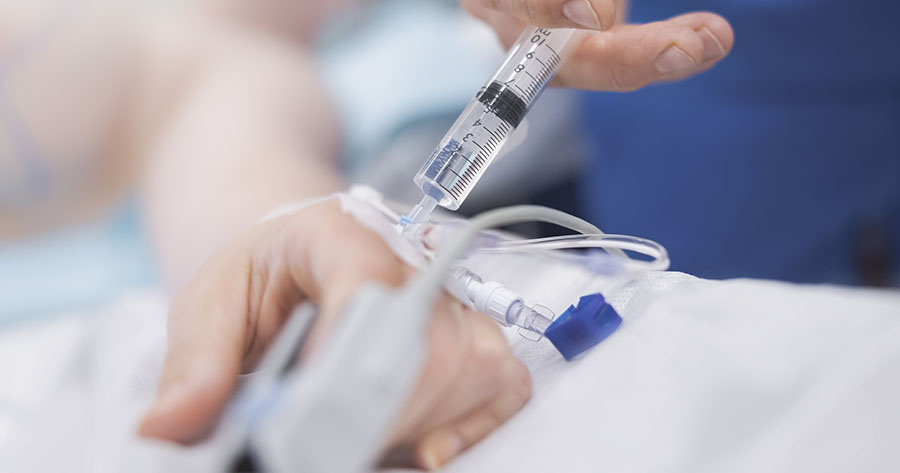It is now over 90 years since the discovery of insulin by Banting and Best. This was one of the greatest advances in medical science, but it was not a cure. It became evident that the management of type 1 diabetes was not just about the relief of hyperglycaemia, but about achieving near-normal blood glucose levels.
A 1978 study from Denmark reported that of 307 individuals diagnosed with type 1 diabetes prior to 1933 (most within a decade of the discovery of insulin), half had died 40 years after diagnosis (Deckert et al, 1978). However, despite advances in insulin technology, screening procedures and management, preventing complications and preserving quality of life remains a major challenge to those of us working in diabetes today.
Nowadays, insulin not only preserves life in those with type 1 diabetes but can relieve symptoms and improve both glycaemic control and quality of life in people with type 2 diabetes. However, insulin is not without its problems. It is well known that insulin frequently features in the top 10 high alert medicines worldwide (National Patient Safety Agency [NPSA], 2011).
In recent years there have been several NPSA alerts relating to the safe use of insulin, which have prompted NHS trusts to implement training programmes to avoid common errors associated with insulin administration. The most recent NPSA alert covered the implementation of an insulin passport and self-administration of insulin in hospital. The compliance checklist recommends that “systems are in place to enable hospital inpatients to self-administer insulin where feasible and safe” (NPSA, 2011).
While this is a worthy objective, implementation is easier said that done. In my own trust we have tried to implement self-administration of insulin in the past and come across a number of obstacles, and similar problems have been encountered by colleagues from other acute trusts. The main issues are:
- Storage – For successful self-administration, patients require access to secure lockers to store insulin, pen needles or syringes and sharps boxes. In many trusts, patient-only drug lockers are available but they store all of the patient’s medication (not just insulin) and the key is held by nursing staff.
- Assessment of competency – Self-administration of insulin requires an assessment of the patient’s ability to do so. In addition, competency would need to be reassessed if there is any change in the patient’s condition.
- Staff training and assessment of competency – It is unrealistic to expect the diabetes nursing team to assess each patient’s ability to give their own insulin. This should be the responsibility of the ward staff. The majority of patients now use insulin pens, however, experience from my own trust is that ward-based staff (even those on the diabetes ward) are not familiar with insulin pens and would need to be trained on how to use the devices. In addition, their competency to assess patients’ self-administration competency would need to be examined. In a large trust this would have considerable resource implications.
- Patient inclusion/exclusion criteria – There will be certain situations, for physical or psychological reasons, where self-administration would not be desirable and this needs to be considered.
Without doubt, in many people with diabetes, self-administration of insulin is desirable as long as the patient is well enough to do so. There are most certainly benefits of self-administration of insulin, particularly relating to timing of insulin injections and the correct type and dose of insulin being given. However, if we are to implement this, each trust has to consider the above issues.
The Journal of Diabetes Nursing would like to hear how other trusts have implemented patient self-administration of insulin.
In this issue, we feature two European articles about the challenges of reaching people with diabetes, which have some useful lessons for UK practice. Could improvements in the approach to diabetes education, with specific attention given to local cultural differences, lead to better outcomes for people with diabetes?





The risk factors and what might be done to address them.
24 Mar 2025